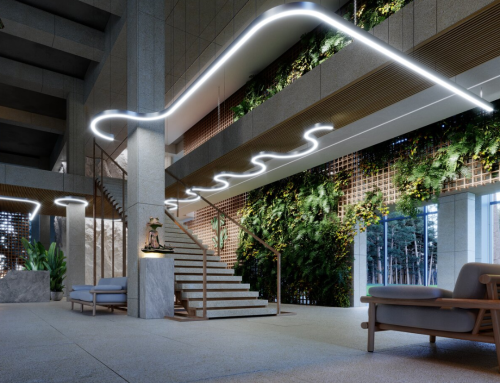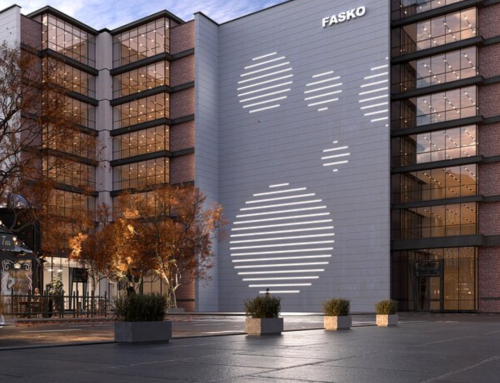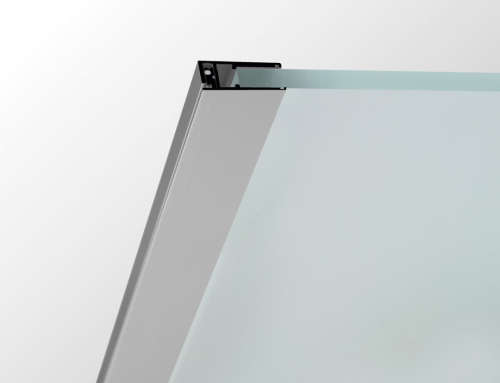 The era of the incandescent filament bulb is definitely drawing to a close. Energy efficient, durable and cost-effective, LED lights are now being adopted increasingly across the world. Given the durability and energy efficiency of LED lighting, commercial establishments and residential communities are bound to enjoy monetary benefits resulting from reduced maintenance costs, replacement of bulbs, as well as quality of lighting backed by ever-evolving semi-conductor technology. With more number of people opting for LED lighting, and utility plants ready to finance the move, global LED lighting markets are poised for a significant growth in the near future.
The era of the incandescent filament bulb is definitely drawing to a close. Energy efficient, durable and cost-effective, LED lights are now being adopted increasingly across the world. Given the durability and energy efficiency of LED lighting, commercial establishments and residential communities are bound to enjoy monetary benefits resulting from reduced maintenance costs, replacement of bulbs, as well as quality of lighting backed by ever-evolving semi-conductor technology. With more number of people opting for LED lighting, and utility plants ready to finance the move, global LED lighting markets are poised for a significant growth in the near future.
The advantages of LED lighting definitely outweigh competition. These lamps bring down the total costs incurred on lighting, offering proven savings across different aspects of lighting. LED lamps are capable of offering about 50,000 hours of illumination before having to be replaced. They, in fact, consume just 10 % of power, while generating about 90 % less heat when compared to the standard incandescent bulbs, minimizing energy loss and, hence, saving up on power consumption. The efficient form and functioning of LED lamps increase the life of the unit, making bulb replacements few and far between. LED lighting systems are also known for their near zero-maintenance features. Further, LED lighting is eco-friendly, customizable to fit individual requirements, smaller in size, digitally controllable, and can capitalize on technological advancements in the future.
The range of products available to the consumer puts LED lamps well ahead of competition from conventional lighting. Suppliers showcase about 150 variants of light styles and bulbs to suit diverse needs. LED PAR lamps figure prominently among products that qualify for Energy Star rating. Another factor that works to the advantage of LED lighting is the short product life cycles driven by new materials and manufacturing techniques, which help scale up production to meet demand while still maintaining competitive price points.
According to recent market studies, the present cost of $10 per light in 2013 is expected to further decline to $6. Studies also reveal that LED sales have, in fact, outpaced incandescent bulbs in North America, and are likely to totally phase them out over the next few years. Analysts anticipate the LED lighting market to grow by 45 % annually through 2019. The market worth about $4.8 billion in 2012 is expected to reach a whopping $42 billion during the same time frame. Growth forecast has been based on the increased adoption, favorable price points and the several advantages that LED lighting offers.





